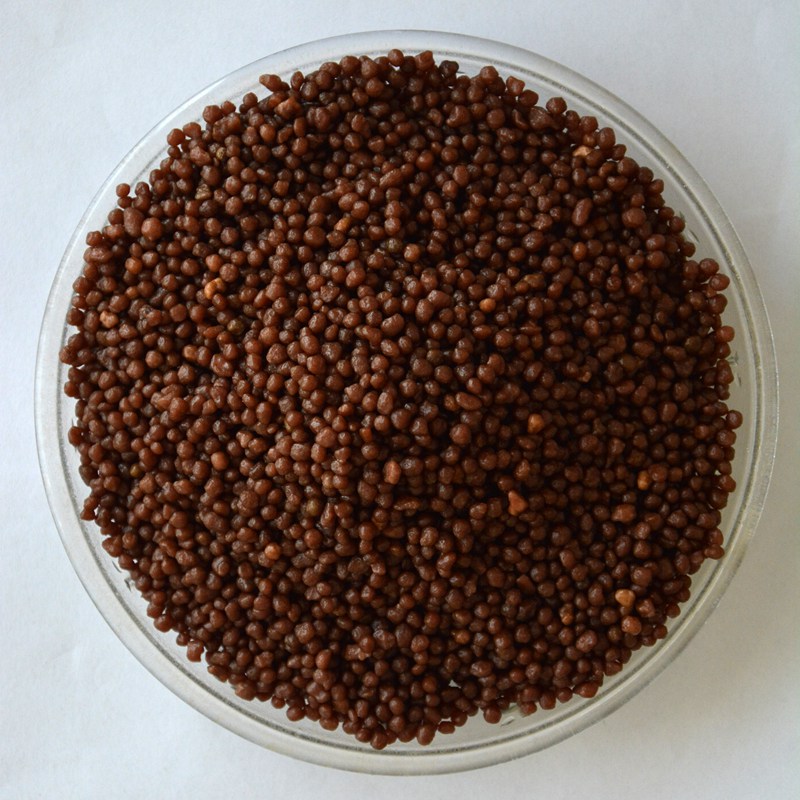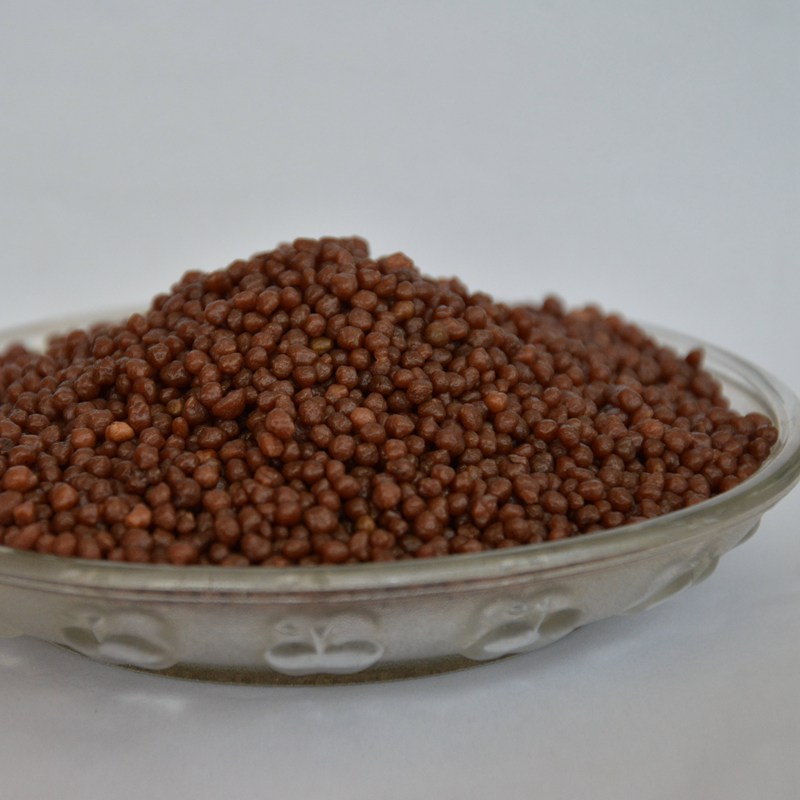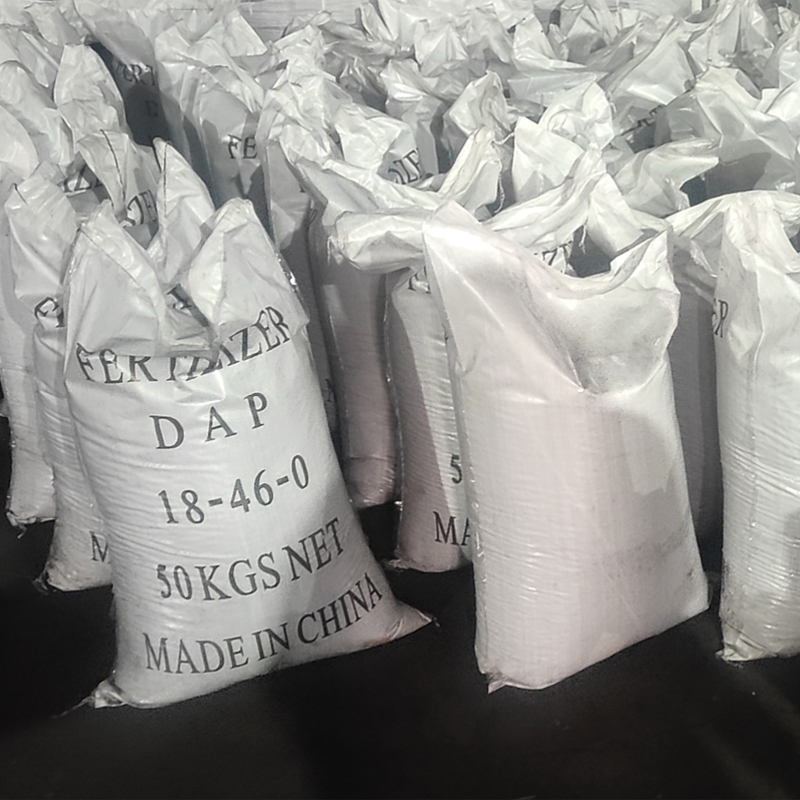
Oct . 25, 2025 10:40 Back to list
15-30-15 Granular Fertilizer – High-P Bloom & Fruit Boost
A field report on 15-30-15 Granular Fertilizer: how pros really use it
I’ve walked more than a few farms where the question wasn’t “which NPK ratio,” but “how do we keep it simple and reliable?” That’s where 15-30-15 Granular Fertilizer keeps popping up. It’s a classic high-phosphorus starter plus balanced N and K—easy to band, easy to broadcast, and (surprisingly) still evolving with better granulation and coating tech.

Why 15-30-15 still matters—and where DAP fits
Formulations like 15-30-15 Granular Fertilizer are typically built from dependable base materials—urea or ammonium sources (for N), diammonium phosphate (DAP 18-46-0) for that big P boost, and muriate or sulfate of potash for K. In practice, DAP does the heavy lifting for phosphorus while contributing some nitrogen. One practical note: many blenders I’ve visited use premium, low-dust DAP—like “Diammonium Phosphate 18-46-0 DAP granular” from Hebei, China—to hit consistent granule strength and uniformity.
Trend-wise, you’ll hear about: near-zero dust, tighter sieve specs (2–4 mm), optional anti-caking coatings, and chloride-sensitive variants using SOP. Precision ag just makes this more obvious on yield maps.

Typical 15-30-15 specs (as supplied or custom-blended)
| Total Nitrogen (N) | ≈15% |
| Available Phosphate (P2O5) | ≈30% |
| Soluble Potash (K2O) | ≈15% |
| Granule size (on 2–4 mm) | ≥90% (real-world use may vary) |
| Moisture | ≤1.5% |
| Crushing strength | 3–6 kgf per granule (typical) |
| Salt index | ≈35–55 (K source dependent) |
| Shelf life | 24 months in dry, covered storage |
Process flow and quality checks
Materials: DAP 18-46-0, urea or ammonium sulfate, MOP or SOP, conditioners/anti-caking agents; optional polymer coating.
Methods: batching → pan/drum granulation → low-temp drying → screening (2–4 mm focus) → cooling → coating → bagging.
Testing standards & data: sampling per ISO/TC 134 guidelines; N by Kjeldahl, P/K by ICP-OES; sieve analysis for particle distribution; moisture by oven method; caking and flowability checks. Typical assay tolerances: ±0.5–1.0% absolute per nutrient.

Where it shines
- Row crops (corn/maize, wheat, canola) as a starter band; surprisingly effective on cool soils.
- Horticulture and orchards for early root vigor; topdress on sands works well.
- Turf and sod where a phosphorus push is warranted (check local P regulations).
Many customers say germination stands are more uniform when 15-30-15 Granular Fertilizer is precisely banded 5 cm to the side and below seed. To be honest, I’ve seen the same on trial strips.
Vendor landscape (simplified)
| Vendor | Core Material | Certifications | Granule Spec | MOQ & Lead Time |
| HH Fertilizer (Hebei, China; A-713, Zhengyang City Square) | Diammonium Phosphate 18-46-0 (for 15-30-15 blends) | ISO 9001/14001 (typical); SGS inspection on request | 2–4 mm ≥90%; low dust | ≈50–500 MT; ≈10–21 days |
| Regional Blender (EU/US) | DAP + MOP/SOP + urea | ISO, local fertilizer registration | Tight sieve control; coating options | Truckload lots; 3–10 days in season |
| Import Distributor (SEA) | Pre-granulated 15-30-15 or bulk blend | SGS/CIQ as applicable | 2–5 mm mixed cut (≈85–90%) | Containerized; 15–30 days |
Customization and real-world notes
- Swap MOP for SOP for chloride-sensitive crops (potatoes, berries, tobacco).
- Coatings to reduce dust and improve spread pattern uniformity.
- Micronutrient add-ons: Zn 0.5–1.0%, B 0.2% (check compatibility).
Case snippets: In Hebei winter wheat, banded 15-30-15 Granular Fertilizer led to +7–10% yield over farmer standard on two 20 ha strips; a turf contractor in Victoria reported steadier color with fewer applications when switching from a high-N blend. Results always hinge on soil tests and weather, of course.

Application quick guide
- Starter band: 80–150 kg/ha, 5 cm aside/5 cm below seed (avoid seed burn).
- Broadcast pre-plant: 150–300 kg/ha, incorporate lightly where feasible.
- Topdress on sands: split apps to manage salt index; irrigate in.
Always base rates on soil tests and local guidelines. Local regulations may restrict P on certain sites.
Citations
- FAO. Fertilizer and Plant Nutrition Resources. https://www.fao.org/land-water/databases-and-software/fertilizer-and-plant-nutrition/en/
- International Fertilizer Association (IFA). Nutrient Management & Product Quality. https://www.fertilizer.org/
- AAPFCO. Official Terms and Labeling Guidance. https://www.aapfco.org/
- ISO/TC 134: Fertilizers and Soil Conditioners. https://www.iso.org/committee/47770.html
-
Sustainable Growth with Organic Phosphate Fertilizer | Benefits & Innovations
NewsNov.24,2025
-
Organic Phosphorus and Potassium Fertilizer: Sustainable Soil Nutrition & Global Impact
NewsNov.24,2025
-
Organic Phosphorus Fertilizer: Sustainable Nutrient Solutions for Modern Agriculture
NewsNov.23,2025
-
Sustainable Growth with Organic Phosphorus Plant Fertilizer | HH Fertilizer
NewsNov.23,2025
-
Organic Plant Meal Fertilizer for Sustainable Agriculture – Benefits & Innovations
NewsNov.22,2025
-
Organic Plant Root Fertilizer – Sustainable Solutions for Healthy Soils & Stronger Plants
NewsNov.22,2025
